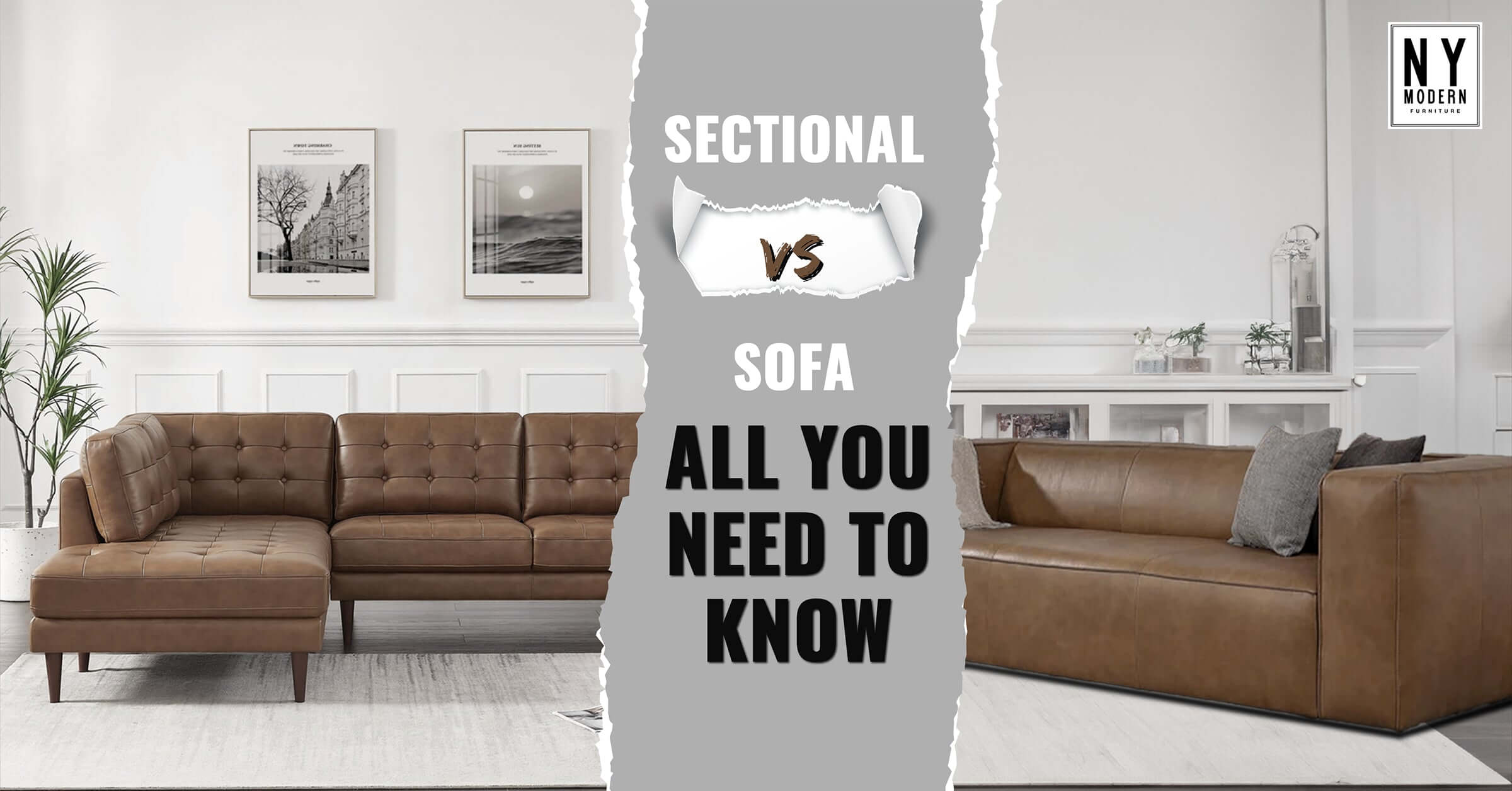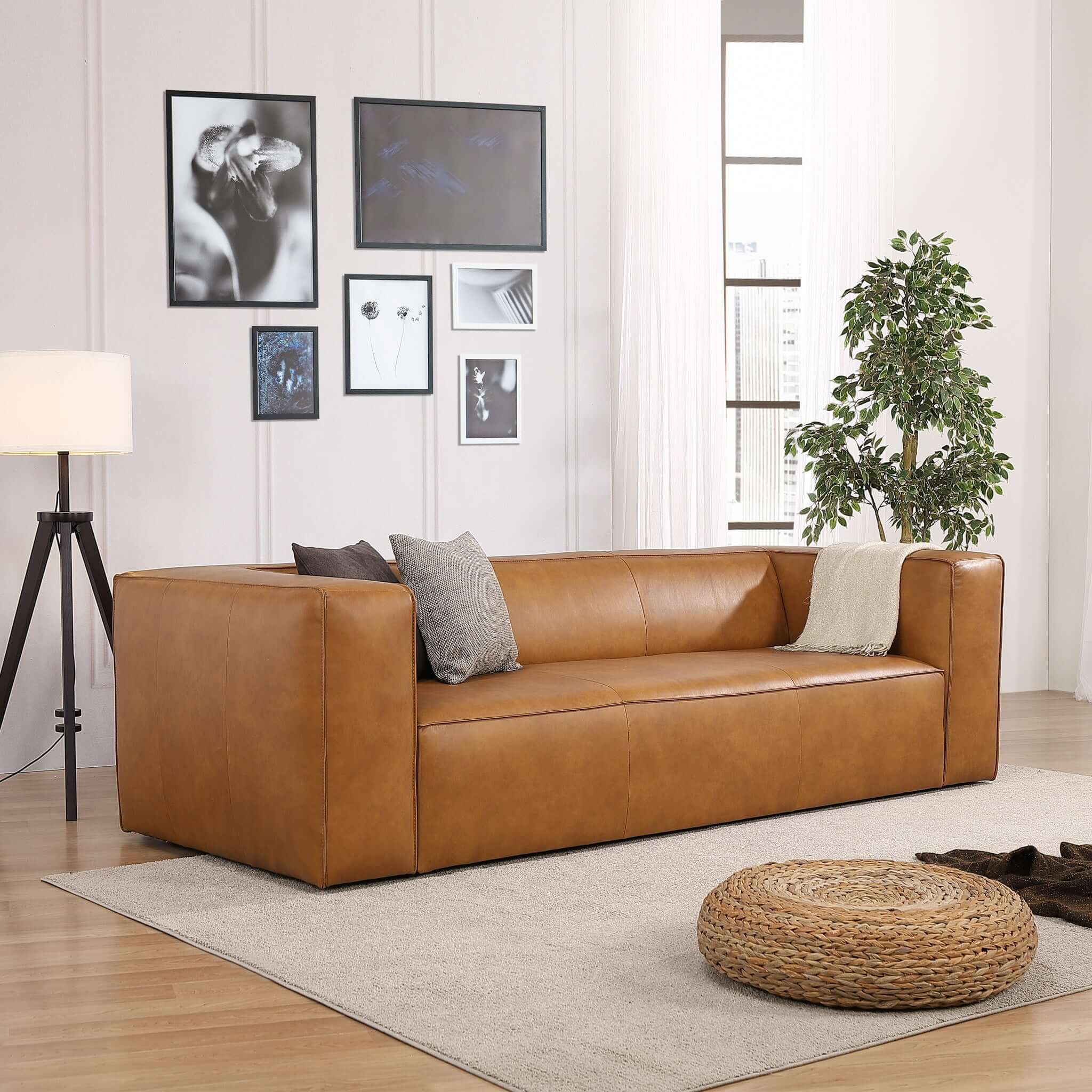Opting for the perfect dining table to complement your living room might be more complicated than it seems. To sort through all of the options and choose the best one, you will need a well-prepared guide on how to choose dining table. There is a dizzying array of dining table styles and designs available today. However, if you know which categories they are divided into, where they are used, and what their advantages are, it will be easier to make decisions and shop more mindfully.
Whether you are exploring open-concept spaces, L-shaped rooms, or square dining areas, we provide you with comprehensive information on shapes, styles, materials, and more. Discover the ideal dining table that perfectly complements your home and creates a warm and functional gathering space for everyday meals and special occasions.

What to Consider Choosing a Perfect Dining Table for Your Home?
Here are 7 critical considerations that need your attention when purchasing a dining table.
1. Size of the Dining Room
To avoid crowding the space or making it look too mismatched, it is helpful to know how to choose dining table size. For a typical table to be comfortable, it needs to be spaced at least 38 inches from the wall. This distance should be somewhat longer if the room is on a passage route; that is, one must pass through the dining table to get to another room.
2. Shape of the Dining Room
When determining the shape and placement of the dining table, the room's configuration and the dining table's architectural design are critical determinants. In addition to the room's shape, you should pay attention to the doors, windows, hallways, and even the center of the ceiling—down to your spotlights.

Below are 5 different kinds of dining room table shapes to help you narrow your options.
- Rectangular Dining Rooms:
If your dining room is rectangular, then an oval or rectangular table would be a good choice. The table's shape ought to reflect that of the room. A long table is the way to go when furnishing a lengthy room.
- Square Dining Rooms:
In areas that are square in shape, you can select a dining table that is both square and circular and fits the dimensions of the space. Both square and circular tables will come in a wider range of sizes for you to choose from. Optional seating for two, four, six, or eight individuals is available based on the room's dimensions.

- Open-Concept Dining Areas:
When designing an open floor plan, it is crucial to consider the room's architecture, the flow of traffic, the placement of windows, and lighting. You should go for a rectangular or oval table for an open-concept dining room if the room's width is wider than its length. If the dimensions are identical, You can go with a square or a circular table.
- L-Shaped Dining Rooms:
There are typically 4 distinct varieties of L-shaped rooms, as listed below.
- L-shaped great rooms with a kitchen
- Short Chunky L-Shaped rooms
- Long Narrow L-shaped rooms
- Huge L-Shaped great rooms
Surprisingly, many L-shaped rooms are far smaller than they seem. This is where the clever utilization of these rooms' square footage becomes crucial. The room's entrance is a suitable location for installing shelves, drawers, or mirrors.
To ensure that the dining table serves as the focal point of the room, it should be positioned in the center, just outside of the entrance. Typically, it is suitable to position the dining table in close proximity to the kitchen within these spaces. The room's biggest and brightest spot can serve as the living room, while the space nearest the kitchen can be transformed into the dining area.
- U-Shaped Dining Rooms:
U-shaped dining rooms require careful planning to make the most of their space; otherwise, you might end up with wasted space. In a U-shaped room, divide it into two sections: front and back. With its prime location near the windows, the front of the room is flooded with sunlight. This space can serve as your living room, while the one in the rear can accommodate your dining set.
As a result, u-shaped rooms work well with either square or round tables. The room's shape, though, is the deciding factor.
3. Style of the Dining Room
Dining tables come in various styles and shapes, and they might even match your room's color scheme. Being somewhat persistent can be helpful in this regard. Below, you can observe various types of dining rooms.
- Traditional:
Traditional dining tables are a great choice for classic-style living rooms because they are both fashionable and of good quality. Along with the more common cherry and walnut tones, these tables also feature somewhat yellow oak tones. Traditional tables are quite heavy and sturdy pieces of furniture due to the use of hardwoods like walnut or oak.

- Modern & Contemporary:
Open floor plans are typically the best choice for a modern dining room. In contemporary designs, the kitchen, dining table, and living area are integrated within a single space. You can choose modern dining room sets to encourage powerful, enlightening moments with friends and family.
In modern dining room sets, vibrant colors replace classic wood tones. A forest green tabletop and purple cotton velvet chairs would be a lovely complement to this setting. Creating a contemporary dining room still requires adhering to general guidelines.

- Farmhouse/Country:
A farmhouse dining room set is characterised by a heavy use of neutral color palettes like white, beige, and grey with wood accents. To create contrast, black tones are typically employed. A country dining room offers a cozy and amiable ambiance. The dining table must be situated in a well-lit area in the farmhouse dining room, where tranquility and ample space are desired.

- Rustic Industrial:
The tables are given a rustic appearance by employing wooden aging techniques on industrial dining tables. The point is to experience the roughness of weathered wood. In addition to iron components for the legs, these tables frequently feature dark-hued, thick wood. The larger, rustic industrial tables look the best.

- Coastal:
Modern coastal dining tables are typically rectangular in shape. Typically, these tables are adorned with wooden tones, but they are paired with chairs of varying colors to achieve fashionable designs.
Coastal dining tables are ideal for a spacious, airy, and comfortable dining room. Careful planning about how to pick dining room chairs is another important consideration for a coastal dining room.

- Scandinavian Minimalism:
Scandinavian minimalism features dining tables that have slender and simplistic lines. A key aspect of a Scandinavian dining table is its minimalist approach to furniture. The beauty of Scandinavian minimalism lies in its ability to create a spacious and clutter-free design.
The sleek lines of these large tables offer a minimalist, simple, and stylish aesthetic. In a room that looks like a furniture store, the first step towards creating a Scandinavian dining room is to remove most items. Only then can you say that your room has a Scandinavian minimalist style.

- Mid-Century Modern:
Mid-century modern dining tables are popular for their dimensions, aesthetics, and form. They are ergonomic, portable, and fashionable, in addition to having a clean aesthetic. A mid-century dining table is sure to complement any room, thanks to the wide variety of sizes available.
- Bohemian
To create a bohemian dining room, stick to natural color palettes and ensure all the colors work together. It is best to opt for earth tones or wooden tones for the dining table. Make sure that all accessories in the room complement these colors. In a bohemian dining room, the table should not be the showpiece; instead, the room should be well-balanced.
4. Shape of Dining Table
Choosing a dining table that complements the layout of the room requires consideration of the impact different shapes of dining tables have on social interactions.
- Rectangular:
In dining rooms that are rectangular in shape, rectangular or oval tables are a must-have. Because of the layout of most houses, rectangular tables are the most popular choice for dining rooms. The primary drawback of these tables is their inability to provide a conducive environment for comfortable conversation.
- Square:
Square tables create an intimate and warmer atmosphere for conversation. Additionally, you can attain a symmetrical appearance by maintaining an equal distance from each edge of these tables. Also, square tables are great for apartments and other small spaces. It can be positioned in a corner to maximize space utilization in confined spaces.
- Round:
Round tables are appropriate for square-shaped spaces. Like the square tables, these tables foster an atmosphere conducive to cordial and amicable dialogue. You might need a little more space to fit round tables, but many people still love them.
- Oval:
Oval tables are optimal choices for creating a cozy ambiance in spaces where one side is longer than the other. These tables possess a highly fashionable aesthetic and, in contrast to rectangular tables, facilitate inclusive conversation participation for all individuals.
5. Material of Dining Table:
Dining tables are constructed using resilient and enduring materials. Listed below are some of the most typical materials utilised for these tables.
- Wood:
Wood is an extremely durable and long-lasting material. For most, dining tables are crafted from sturdy woods like walnut, cherry, and pine. With finishing methods, dining tables are crafted to be highly resistant to scratches and impacts. Furthermore, the appeal of natural wood tones lies in their understated elegance and timeless beauty, making them universally admired.
- Glass :
Glass dining tables not only look sleek and contemporary, but they are also very healthy for you. Glass tables are preferred primarily because their transparent structure creates an illusion of increased space, making the area appear larger.
- Metal :
Metal is predominantly employed for dining table legs. The most typical types of metal that we come across are industrial tables. Tables featuring metal table tops are primarily utilized in professional environments, such as offices or factories.
- Stone :
Crafted utilizing unique production techniques that use marble and stone, these tables transcend simplicity and take you to the realm of stones. Stone tables are a fantastic addition to any room, whether it is a classic or modern space. They bring both style and functionality to your home.
- Plastic & Laminate:
If you desire a table that is lightweight, functional, and contemporary in style, then plastic and laminate tables may be the ideal choice for you. Infinite color options are available on plastic tables. You may also select earth tones or black and white to match your sense of style. You can effortlessly relocate plastic tables to any desired location due to their lightweight nature.
6. Usage Frequency
It is best to avoid basing your room design solely on specific holidays or events. Instead of stuffing the room with items you will not use more than a handful of times a year, think about how many people will be using the room on a daily basis.
7. Seating Options
The configuration and dimensions of dining tables significantly impact seating arrangements. At rectangular tables, two chairs are positioned in a distinctive manner compared to the others. Square tables provide equal seating arrangements for all attendees and foster a more personal and social atmosphere. Oval tables, on the other hand, can provide social interaction that can't be achieved with rectangular tables. For the ideal dining room layout, you must also consider how to choose chairs for dining table.
Whether you prefer a square, oval, round, or rectangular table, it is important to consider how it will fit into the room's decor and how it will affect the way guests engage with one another. When deciding between materials like wood, glass, metal, stone, or plastic, both aesthetic and practical factors must be considered. When planning a room's layout, it is important to consider how it will be used daily to discover the best seating options and how often they will be used.






Leave a comment
All comments are moderated before being published.
This site is protected by hCaptcha and the hCaptcha Privacy Policy and Terms of Service apply.